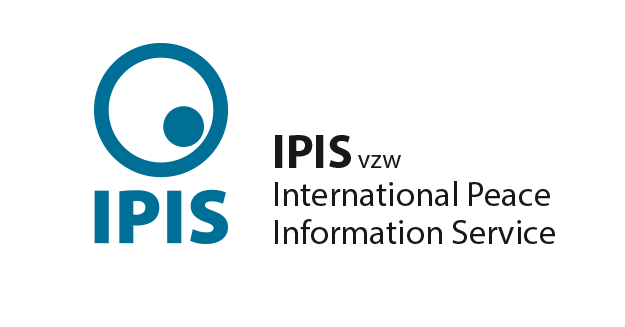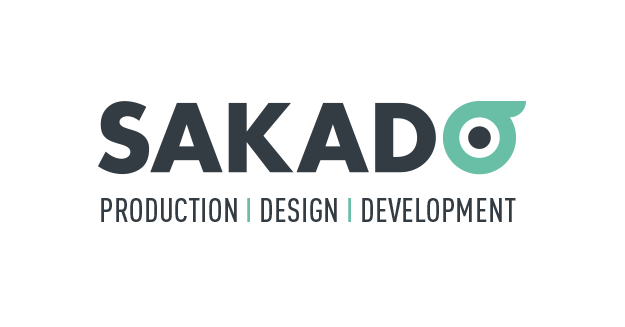8 Human rights due diligence
What is human rights due diligence?

Human rights due diligence (HRDD) is a risk management tool for organisations. It is the process organisations should carry out to identify, prevent, mitigate and account for how they address actual and potential adverse human rights impacts in their own operations, their supply chain and other business relationships. HRDD has been included in international standards, which will be discussed and summarized in this tool.
Throughout this toolbox, the term ‘organisation’ is used. This includes private SMEs and MNEs, public businesses, non-governmental organisations and universities. The term ‘organisation’ will also be used in the context of HRDD. Although most international standards use terms such as ‘business’ or ‘company’, HRDD is equally relevant for other entities covered by this toolbox, such as non-governmental organisations and universities.
Although HRDD as such is not currently a legal obligation for organisations, some of its elements are already incorporated into binding legal frameworks. Governments make use of due diligence when asking organisations to comply with established legal principles in areas relevant to human rights, such as labour rights, environmental and consumer protection, or the fight against corruption.
The Belgian National Action Plan (2017) has integrated HRDD into some of its action points. Action Point 15 commits to integrating the principle of due diligence into the governing bodies of Belgian organisations, also with regard to human rights. This foresees examining the possibility of including international frameworks, like the OECD Guidelines and the UNGP into the Belgian Corporate Governance Code.
Action Point 20 aims at promoting socially responsible state businesses. Particular attention will be paid to how public businesses can integrate and promote respect for human rights within their organisation through tools such as reporting and due diligence. Action Point 22 encourages responsible supply chain management through a sector-wide approach.
Some of Belgium’s neighbouring states have gone one step further by directly embedding HRDD into law. The French Duty of vigilance law (2017) imposes due diligence obligations on multinational corporations to prevent human rights abuses in their operations and throughout their supply chains. The United Kingdom Modern Slavery Act 2015 requires businesses with a turnover above £36 million to report on the measures they take to prevent slavery or human trafficking in their supply chains.
At the EU level, the Illegal Timber Regulation (2013) prohibits the import of illegally harvested timber. Importers are obliged to have a due diligence system that determines the source of timber. The EU Conflict Minerals Regulation (adopted in 2017, enters into force 2021) requires EU importers to ensure that their supply chain policy standards, contracts and agreements are consistent with the OECD Due Diligence Guidance. The EU Directive on Non-financial Reporting (2014) requires large public-interest organisations to publish regular reports on the social and environmental impacts of their activities.
- The concept of human rights due diligence
-
Due diligence is the process organisations should carry out to identify, prevent, mitigate and account for how they address actual and potential adverse impacts in their own operations, in their supply chain and with their partners. The purpose of HRDD is first and foremost preventative: organisations should prioritize due diligence to avoid causing or contributing to adverse human rights impacts on people, environment and society.
The UNGP (2011) and the OECD Guidelines (2011) have established due diligence for organisations as the fundamental expectation of responsible behaviour, especially with respect to human rights.
It is important to note that - although they share important procedural characteristics - due diligence as discussed in this tool is not the same as the due diligence often more familiar to organisations in the context of audits or investigations prior to signing commercial contracts or making investments. Due diligence as set out by the authoritative instruments – the UNGP and the OECD Guidance – is concerned with impacts on people, not on the organisation, and seeks to identify, prevent, mitigate and account for how actual and potential adverse impacts are addressed.
HRDD applies to all organisations, but will vary in complexity according to the size of the organisation, the risk and severity of actual or potential human rights impacts, and the nature and context of its operations. For instance, increased precautions are needed in (post-) conflict or fragile contexts.
The UNGP give non-binding guidance on HRDD, and define its parameters as follows: “In order to identify, prevent, mitigate and account for how they address their adverse human rights impacts, business enterprises should carry out human rights due diligence.”
According to the UNGP, the six essential components for organisations to meet their responsibility to respect human rights are:
- A policy commitment to fulfil their responsibility to respect human rights. A HRDD process to:
- assess actual and potential human rights impacts
- integrate and act upon the findings
- track how impacts are identified, prevented and addressed
- communicate on how the impacts are addressed by the organisation
- Processes to ensure remedy for any adverse human rights impacts the organisation causes, or to which it contributes.
The steps will be explained in detail in this tool.
The OECD has recently developed a non-binding Due Diligence Guidance for Responsible Businesses Conduct (2018) with recommendations and practical support for organisations, applicable to both MNEs and SMEs. The document was adopted by 48 countries, including Belgium, which agreed to support and monitor implementation. The Guidance provides practical support to organisations on the implementation of the OECD Guidelines (2011).
The OECD Guidance on Due Diligence covers responsible business conduct issues and includes issues such as human rights, environment, bribery and corruption, disclosure, and consumer interests. Like the UNGP, the OECD Guidance is intended for use in all sectors of the economy and by all organisations, regardless of size, geographical location or value chain position. The OECD Guidance seeks to promote one common understanding on due diligence. The OECD has also sector-specific due diligence guidance on sourcing of minerals from conflict affected and high-risk areas, on the garment and footwear sector, and on the financial sector.
The OECD due diligence process has six steps, comparable to the six components in the UNGP. Although the steps are presented in a certain order, the process of due diligence in practice is ongoing, responsive and not necessarily sequential. Several steps may be carried out simultaneously with results feeding into each other. Due diligence should be applied with flexibility and should not lead to a ‘box-ticking’ approach by organisations.
- Embedding responsible business conduct into policies and embedding these policies into management systems and oversight bodies
-
Identifying and assessing actual and potential adverse impacts associated with the enterprise’s operations, products and services
-
Ceasing, preventing and mitigating adverse impacts
-
Tracking implementation and results
-
Communicating how impacts are addressed
-
Providing for or cooperating in remedying impacts when appropriate.
The steps will be explained in detail in this tool.
- Human rights impact assessments
-
The assessment of human rights impacts is a critical step in the due diligence process. A human rights impacts assessment can be defined as a process for an organisation to identify, understand, assess and address its human rights risks.
Human rights risks are the adverse impacts that an organisation’s operations, services or products pose to human rights of various groups. Direct employees are always a relevant group in this regard. Other potentially affected stakeholders may include communities living around the facilities, workers of other organisations in its value chain, users of its products or services, etc. In this process, organisations should pay special attention to the rights of vulnerable or marginalized individuals, groups or populations.
International human rights law and guidelines must constitute the basis and benchmark for the identification process, as a minimum referring to the International Bill of Human Rights and the ILO Core Labour Conventions. The process of the assessment itself needs to respect human rights by paying particular attention to human rights principles such as non-discrimination, participation, empowerment and transparency. Moreover, the assessment process and content need to emphasise accountability, including by recognising the entitlements of the stakeholders to have their rights respected and the corresponding duties and responsibilities of the organisation to respect these rights.
Once all human rights risks have been identified, organisations should, where necessary, prioritise the most important risks and impacts, based on severity and likelihood. Prioritisation will be relevant where it is not possible to address all potential and actual adverse impacts immediately. Once the most significant risks and impacts are identified and dealt with, the organisation should move on to address those that are less significant.
This tool explains how to conduct a human rights impact assessment.




